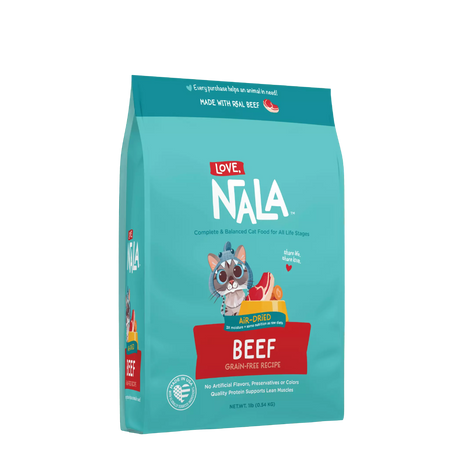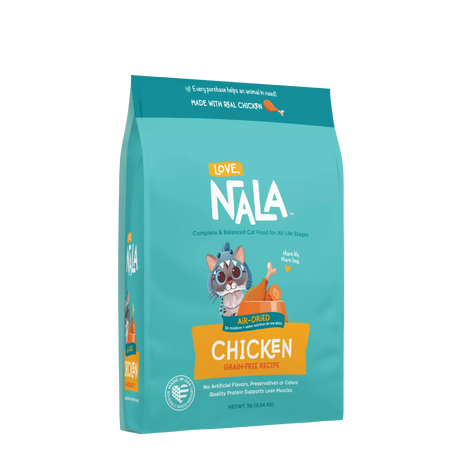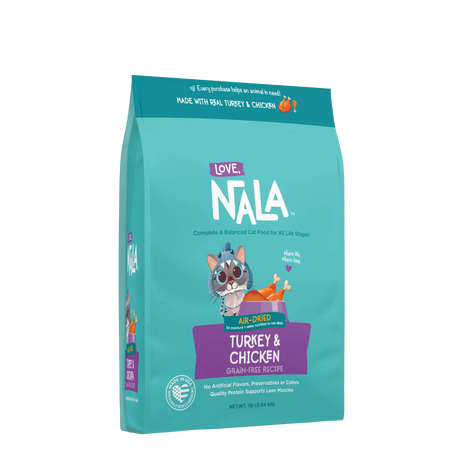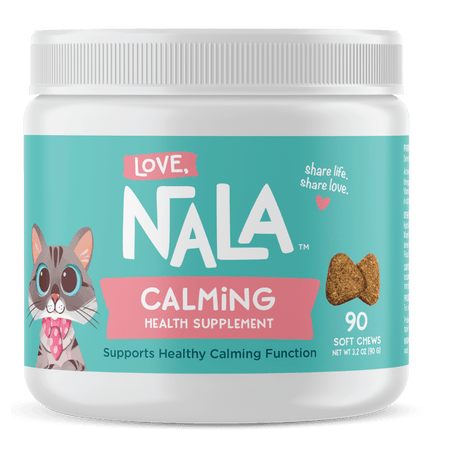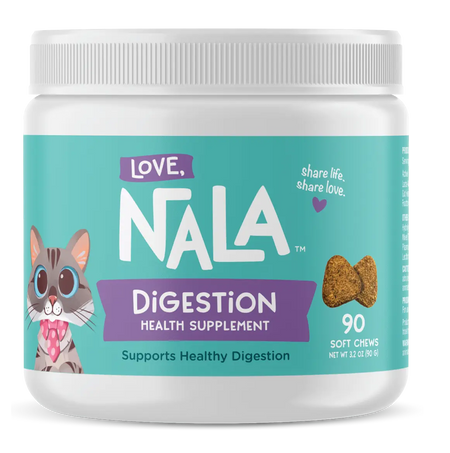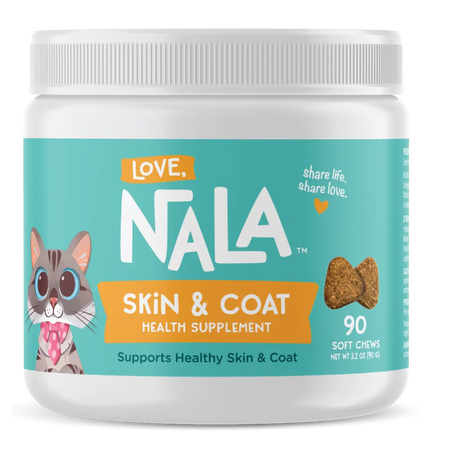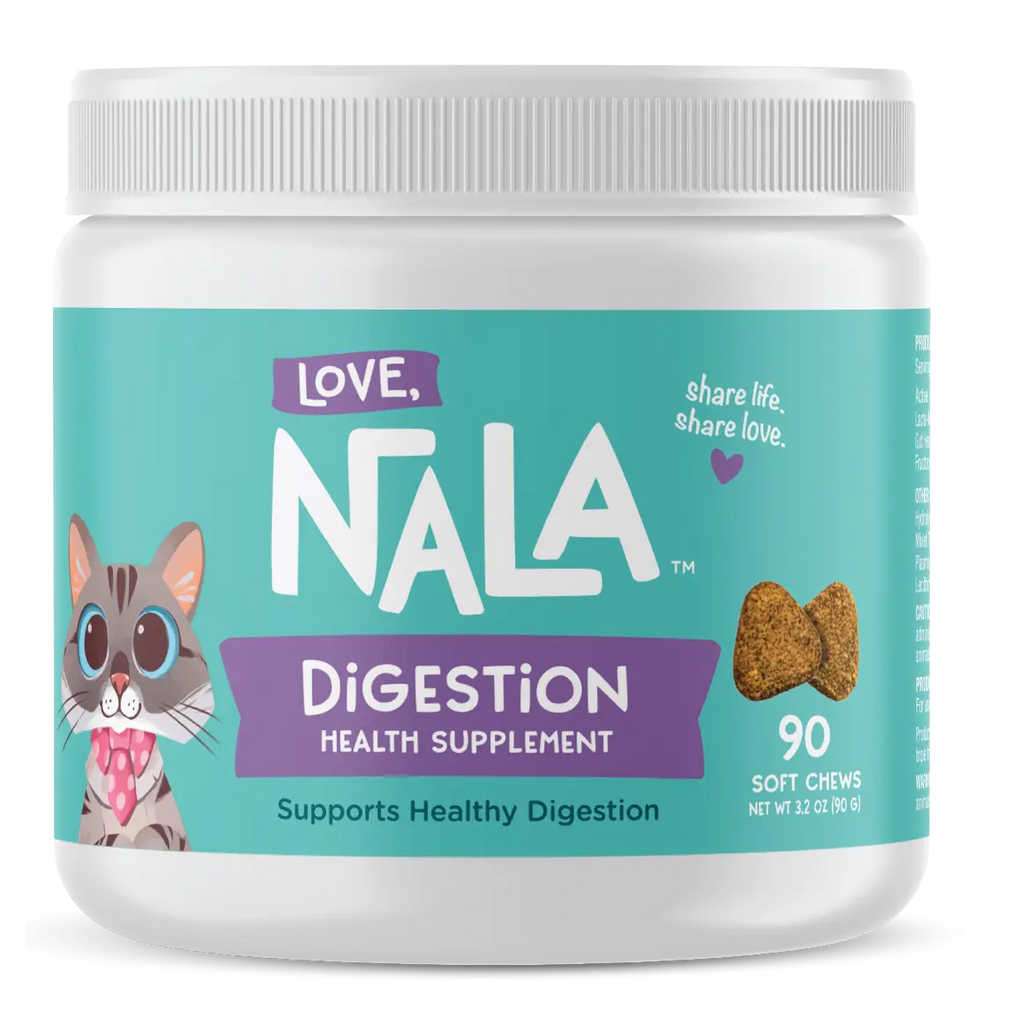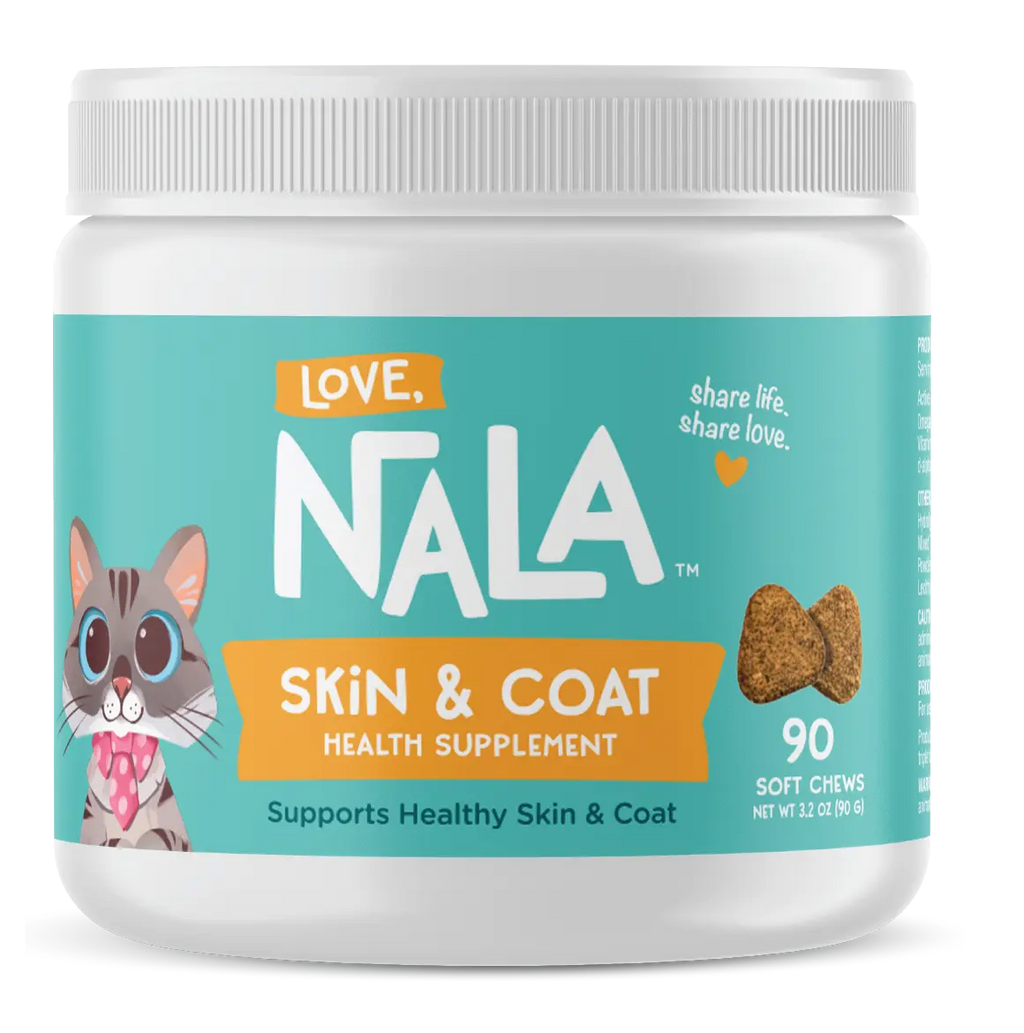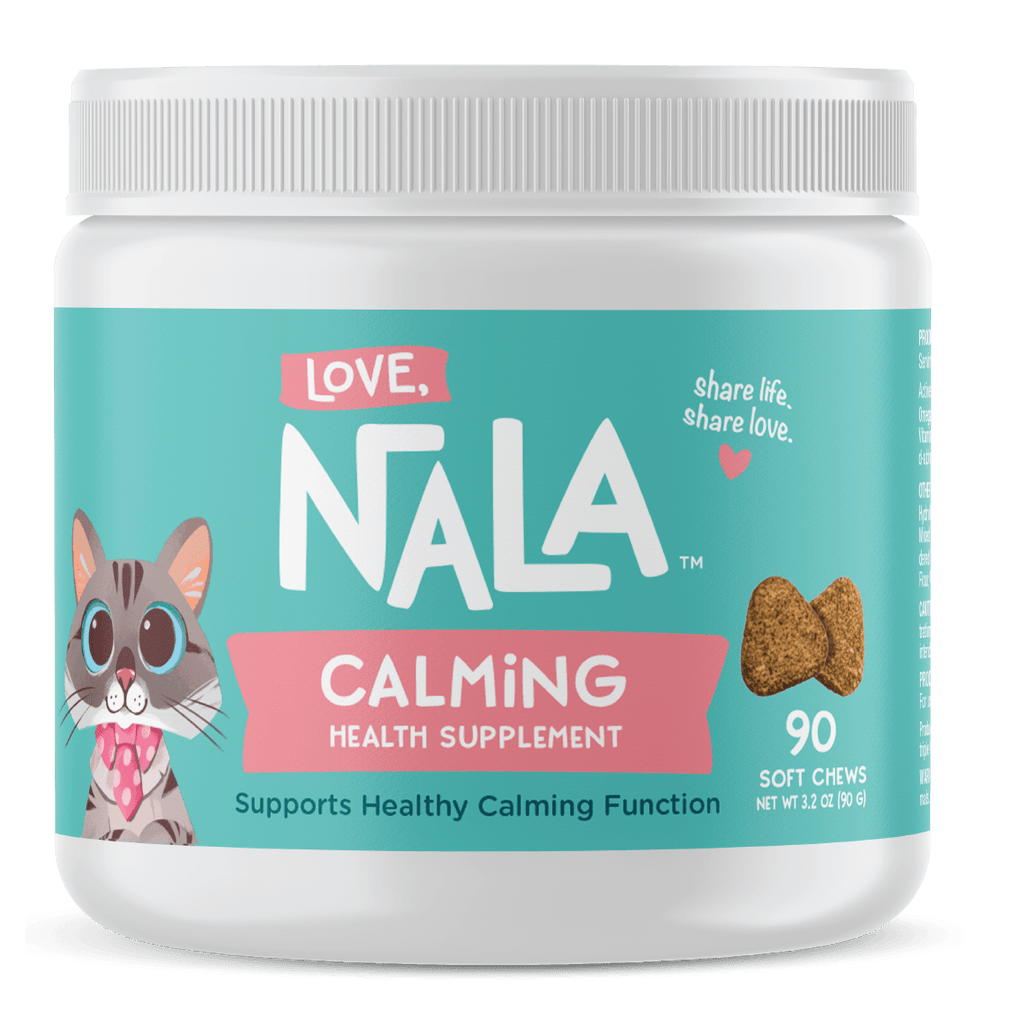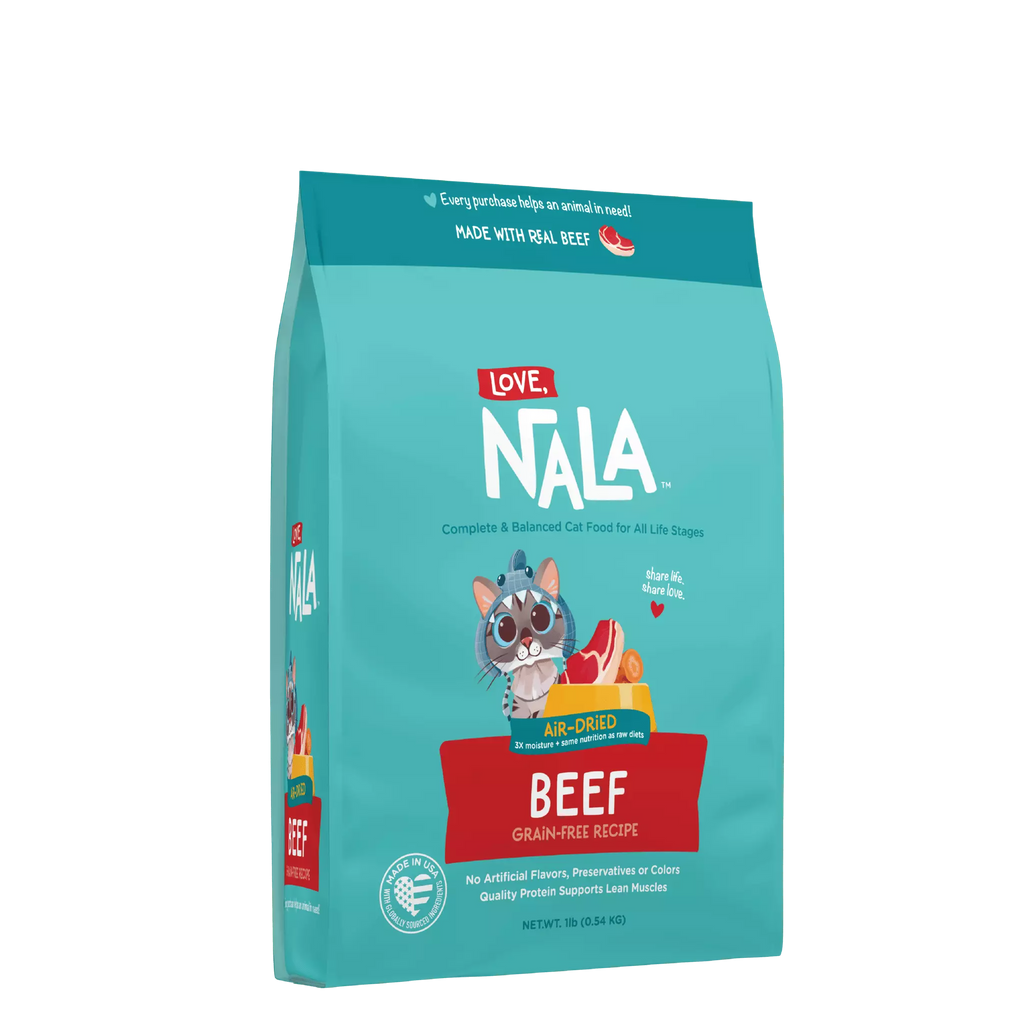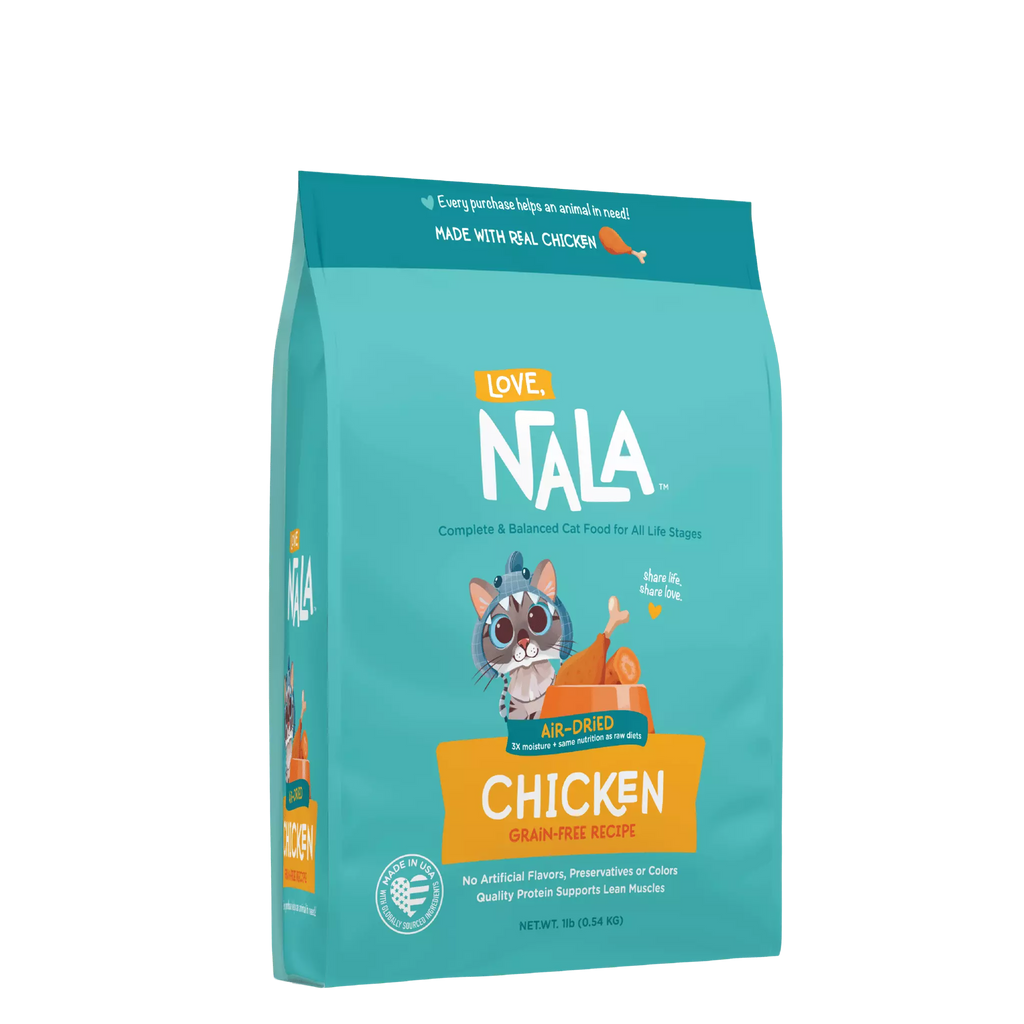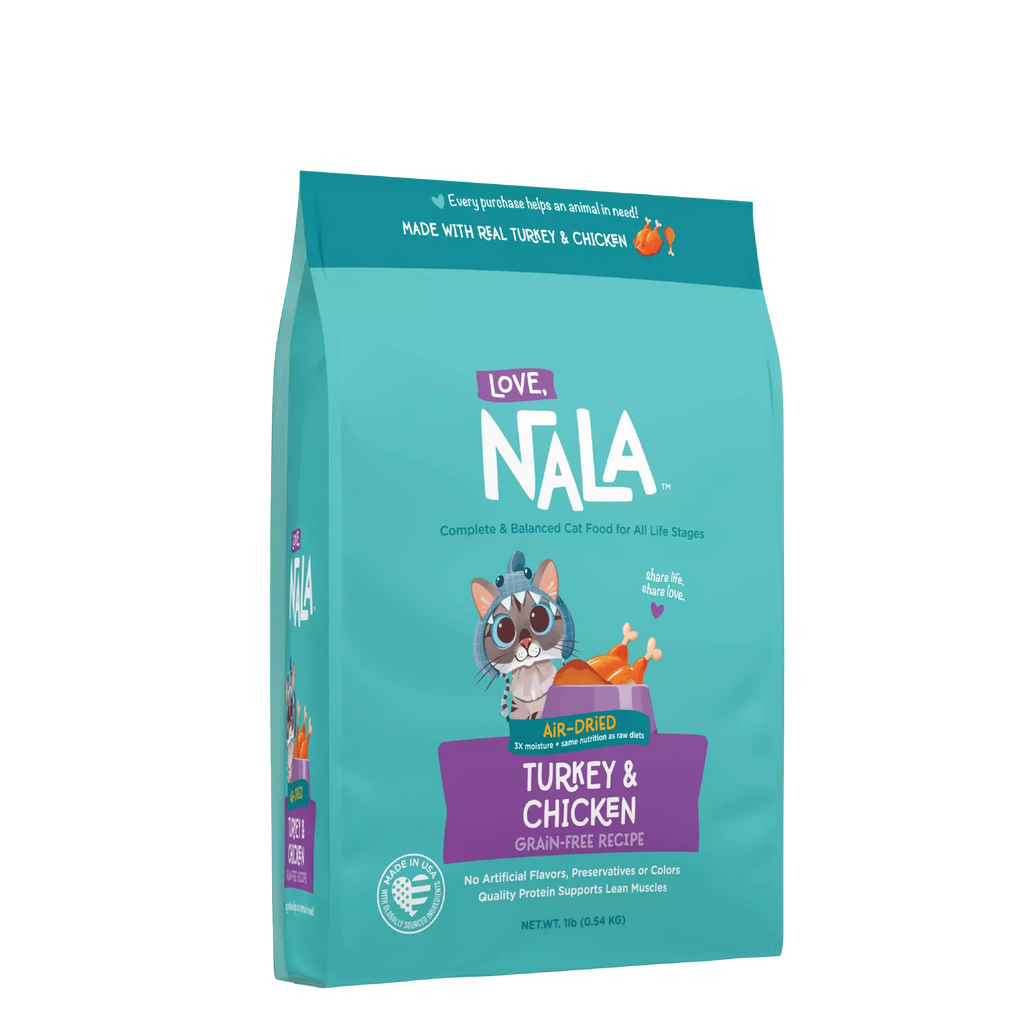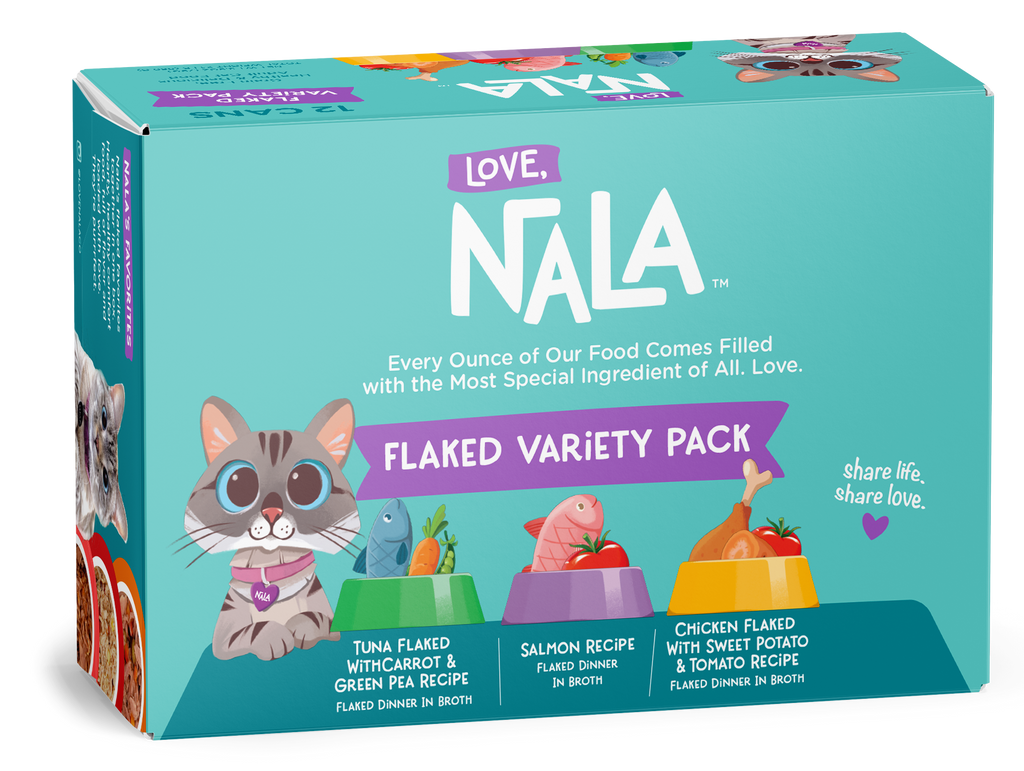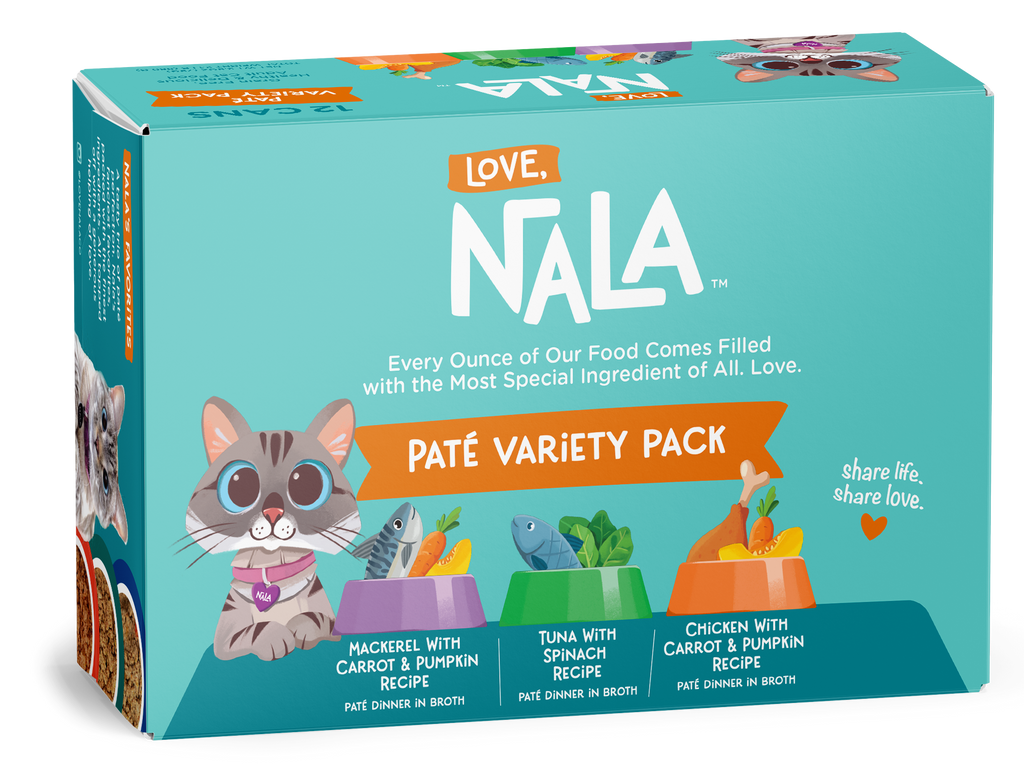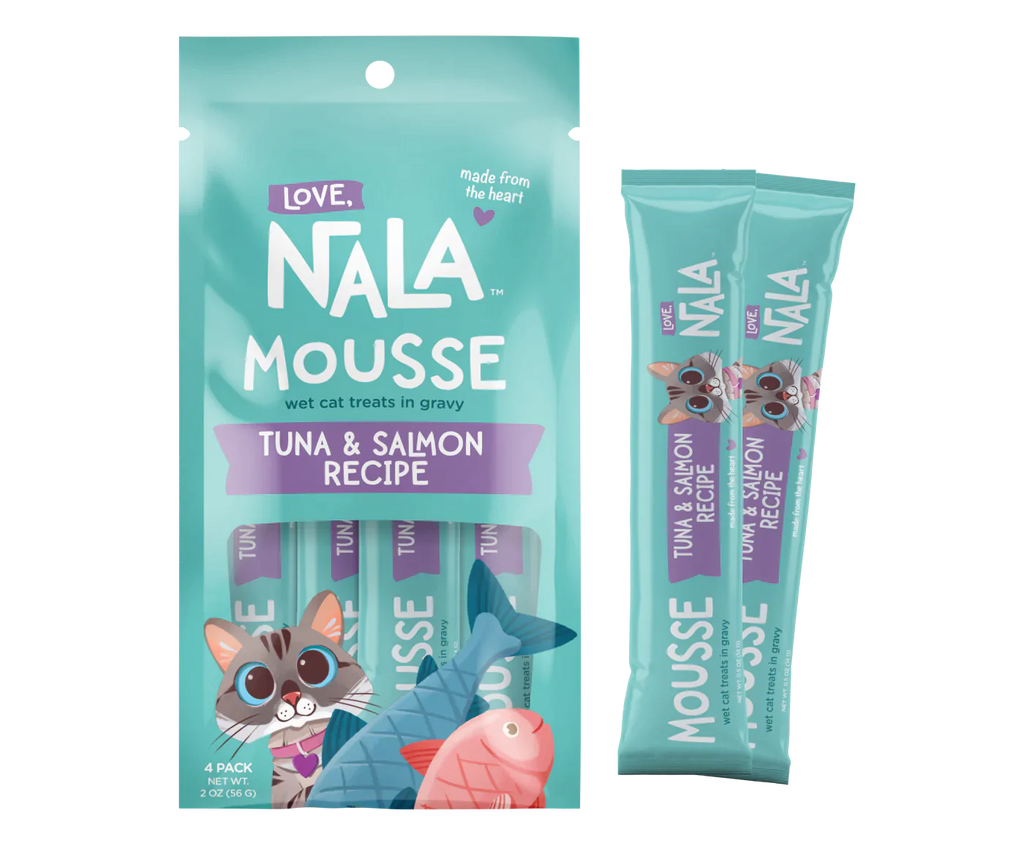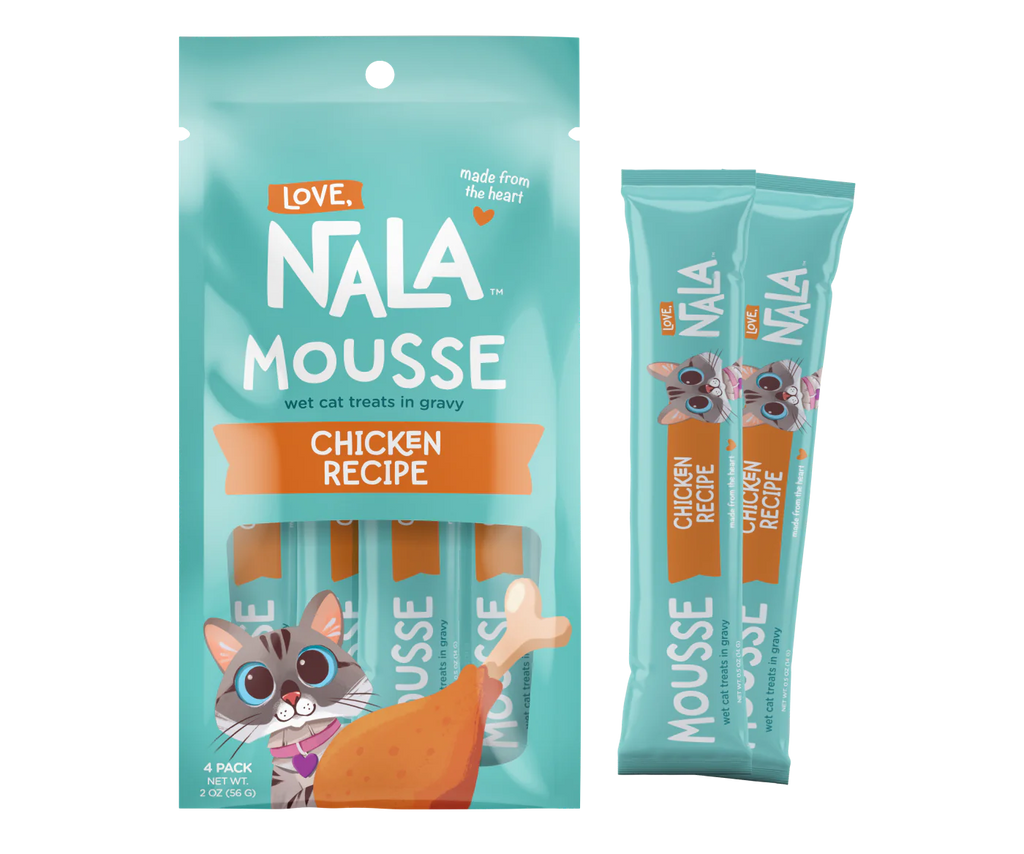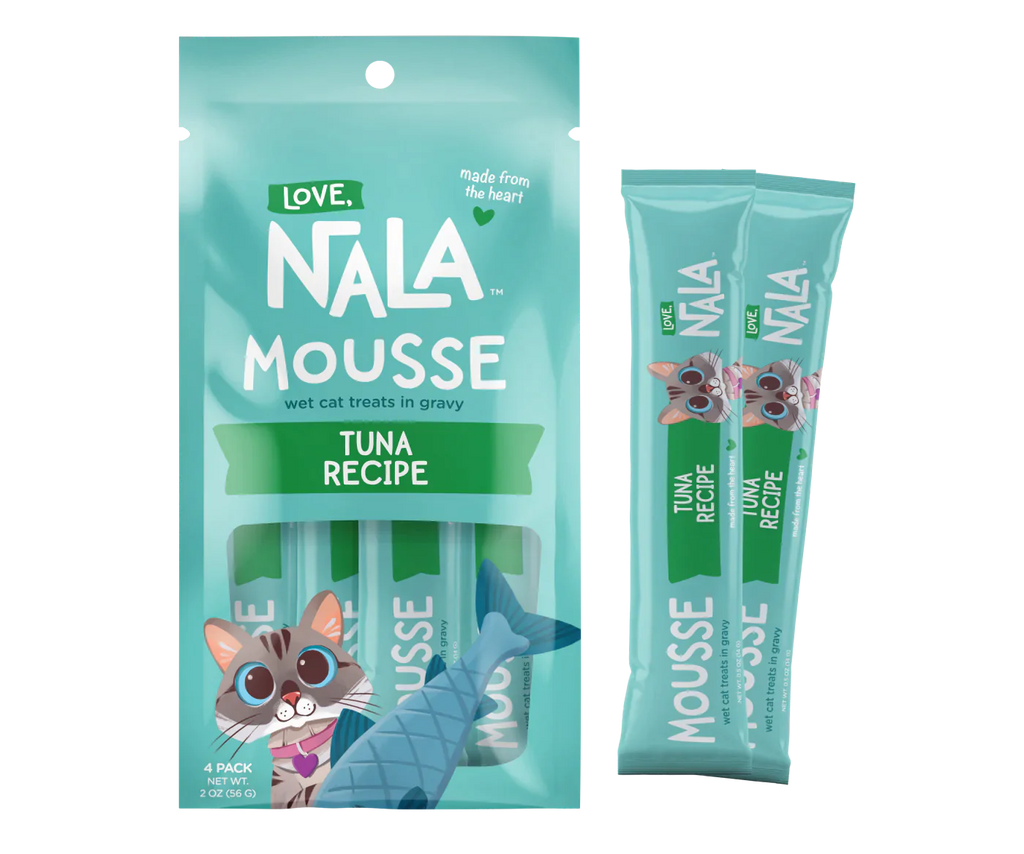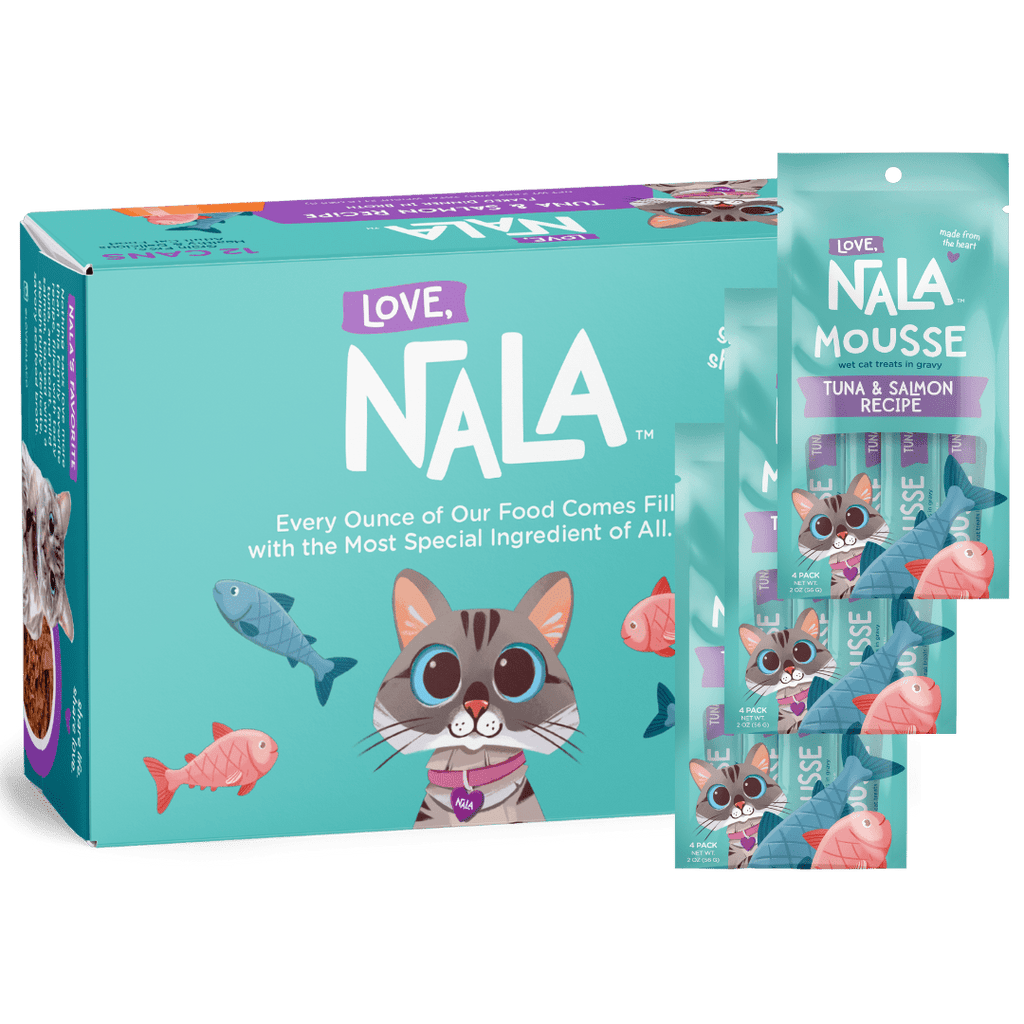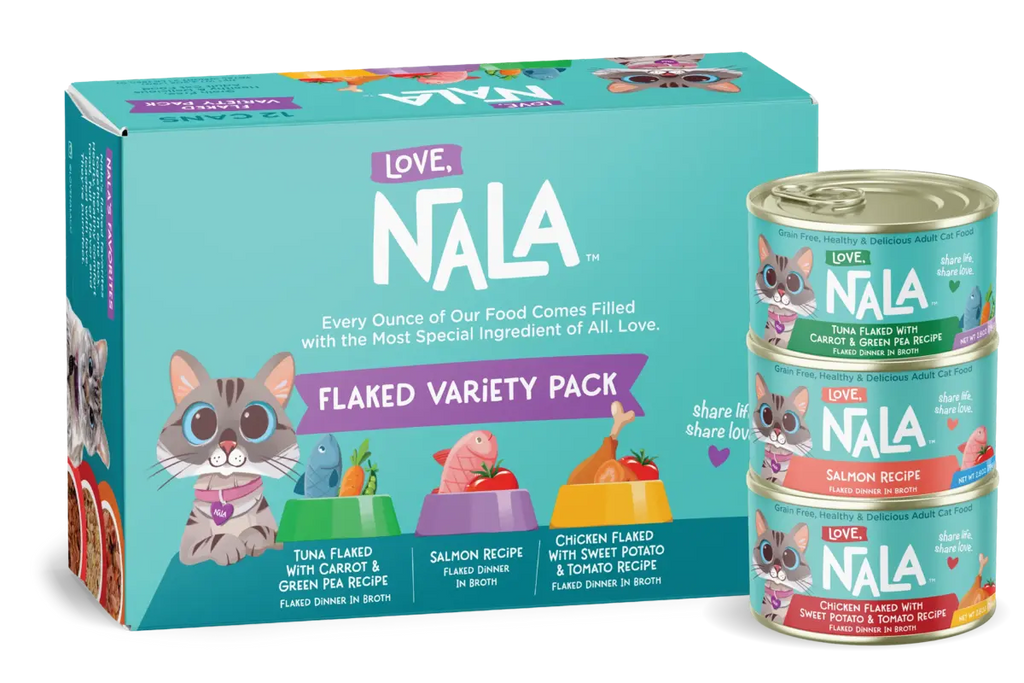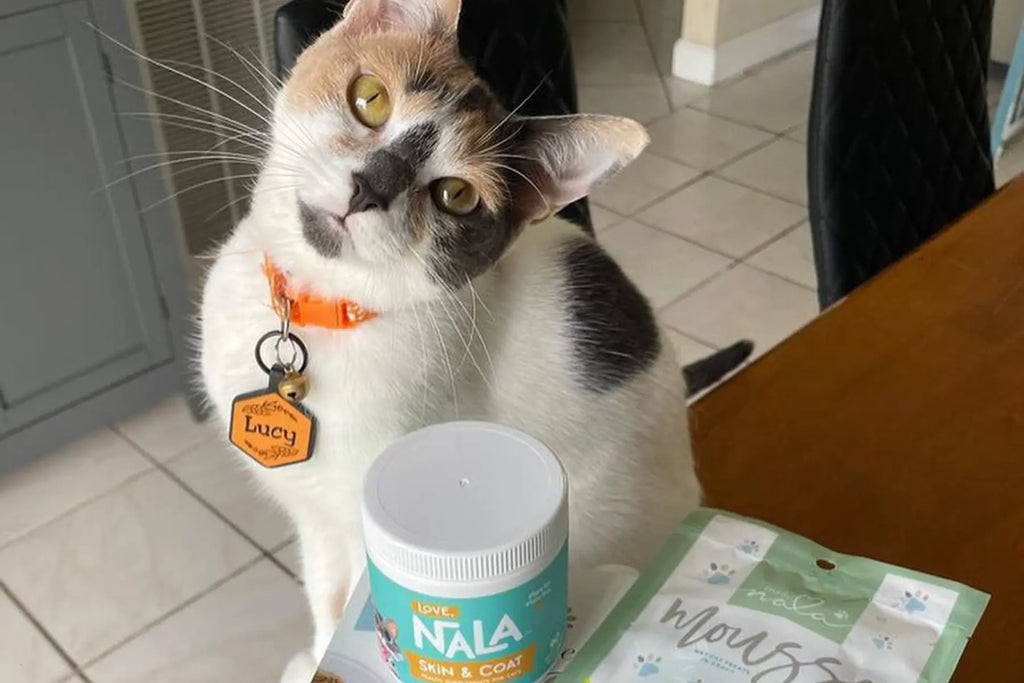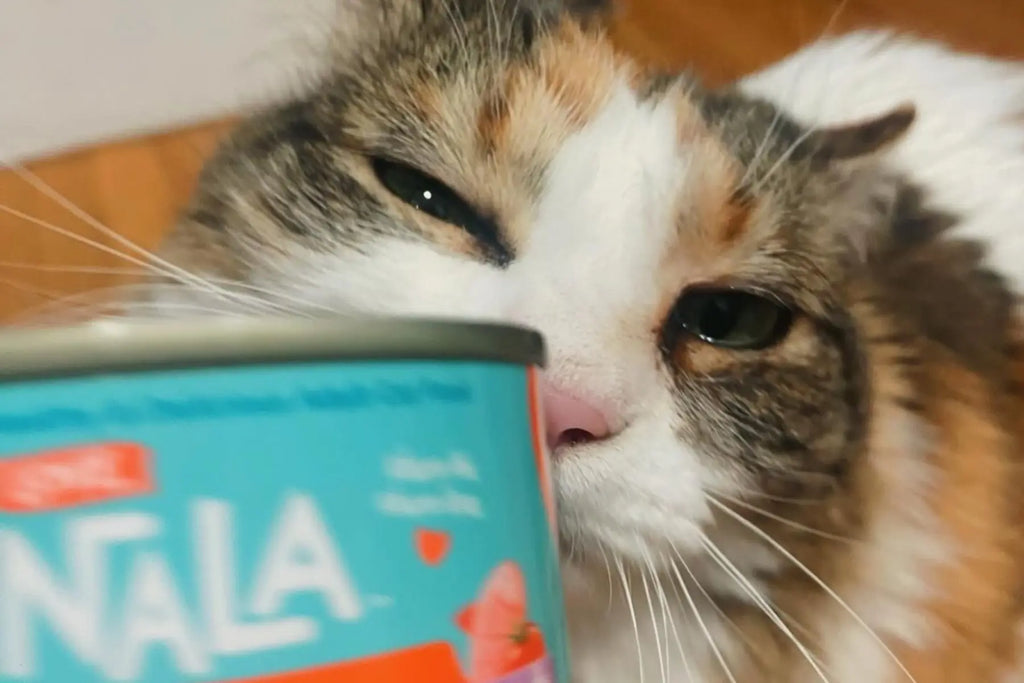Can Canned Chicken Be Mixed with Other Cat Foods?
Yes, canned chicken can be mixed with other cat foods. It enhances the flavor and provides additional protein. However, ensure it's cooked, unsalted, and bone-free. Remember, while it can supplement, it should not replace a balanced, commercial cat diet designed to meet all the specific nutritional needs of felines.
Is Canned Chicken a Healthy Option for Feline Friends?
Canned chicken can be an occasional treat for cats, but it shouldn't be a primary food source. It often lacks essential nutrients found in cat food, such as taurine, crucial for feline health. Moreover, the high sodium content in canned chicken can be harmful. Always consult your vet for your cat's specific dietary needs and options.
Can Tuna Broth Be Mixed with Cat Food?
Yes, tuna broth can be mixed with cat food in moderation. It can enhance the flavor and add moisture to the food, making it more appealing to cats. However, it should not replace their regular diet and should be free of any additives like salt, onion, or garlic, which are harmful to cats.
Does Chicken Cat Food Provide Adequate Nutrition for Cats?
Chicken cat food can provide adequate nutrition for cats if formulated as a balanced and complete diet. It should meet their specific dietary needs, including essential amino acids, vitamins, and minerals. Always check the label for Association of American Feed Control Officials (AAFCO) approval to ensure it meets the necessary standards.
Can Chicken Cat Food Be Mixed With Other Foods?
Yes, chicken cat food can be mixed with other foods, like canned, raw, or home-cooked diets, to provide variety. However, ensure the mix maintains a balanced nutritional profile for your cat. Always consult a vet before drastically altering your pet's diet. Avoid foods toxic to cats, like onions and chocolate.
Can I Make Homemade Chicken Cat Food?
Yes, you can make homemade chicken cat food. Always cook chicken thoroughly, avoid seasonings, and balance it with necessary vitamins, minerals, taurine, and arachidonic acid. However, consult with your vet first to ensure the diet meets your cat's specific nutritional needs. Remember, homemade doesn't mean unbalanced. It requires careful planning.
What Are the Benefits of Chicken in Cat Food?
Chicken in cat food provides essential nutrients like protein, amino acids, and minerals, promoting lean muscle growth, healthy skin, and a shiny coat. Additionally, it supports overall immune function and energy levels. The highly digestible nature of chicken makes it ideal for cats, aiding digestion and ensuring optimal nutrient absorption.
How Do I Store And Handle Raw Cat Food Safely?
Store raw cat food in airtight containers inside the refrigerator, ensuring it does not exceed 40°F. Thaw only necessary portions in the fridge, not at room temperature, and serve promptly. Wash your hands, utensils, and serving dishes thoroughly post-handling to prevent bacteria spread. Avoid cross-contamination with other foods.
How Much Fiber Should Be In Cat Food?
The ideal amount of fiber in cat food ranges between 1.4% to 10%, depending on the cat's specific health needs and age. Fiber aids in digestion and can help prevent issues like hairballs and obesity. Consulting with a veterinarian will ensure the best fiber content for your feline friend's diet.
What Are The Benefits Of High-Fiber Cat Food?
High-fiber cat food aids in digestion, reducing constipation and diarrhea. It promotes a feeling of fullness, reducing overeating, thus supporting weight management. Fiber also helps control blood sugar levels, useful for diabetic cats. Lastly, it aids in hairball control, providing a smoother passage through the digestive system.
Can High Fiber Cat Food Help With Weight Management?
Yes, high fiber cat food can assist with weight management. Fiber promotes satiety, reducing overeating. Moreover, it aids digestion and metabolic function, contributing to weight control. However, a balanced diet and regular exercise remain key. Consult your vet before making significant changes to your cat's diet or activity level.
What Are The Health Benefits Of Wet Cat Treats?
Wet cat treats can provide hydration, particularly beneficial for cats that don't drink enough water. They may also contain essential nutrients and be more palatable for some cats, especially those with dental issues. Always offer them in moderation and choose products formulated to complement your cat's overall diet and health.
Can Wet Cat Treats Replace A Regular Meal?
No, wet cat treats should not replace regular meals. They are designed as supplements or rewards and may lack essential nutrients found in balanced cat food. Feeding treats as a main diet can lead to nutritional imbalances. Always follow feeding guidelines and consult a veterinarian for a proper diet plan.
How Can I Store Wet Cat Treats To Ensure Freshness?
Store wet cat treats in an airtight container in the refrigerator to ensure freshness. Use them within the time specified on the packaging. For longer storage, consider freezing individual portions and defrosting as needed. Always follow the manufacturer's guidelines and check for signs of spoilage before feeding them to your cat.
How Are Wet Cat Treats Different From Dry Treats?
Wet cat treats are typically softer and contain more moisture than dry treats. This can aid in hydration and be more appealing to some cats, especially those with dental issues. Dry treats, on the other hand, may help with dental hygiene and are generally more convenient to store and handle.
Can Wet Cat Treats Aid In Hydration?
Yes, wet cat treats can aid in hydration. They contain a higher moisture content compared to dry treats, helping supplement your cat's water intake. This can be especially beneficial for cats that consume primarily dry food or are reluctant to drink enough water. However, they shouldn't replace regular water consumption.
Can I Make Homemade Wet Cat Treats?
Yes, you can create homemade wet cat treats. Use safe ingredients like cooked meat or fish, pureed vegetables, and broth. Avoid seasonings, onions, garlic, and excessive salt. Form small portions, then refrigerate or freeze. Always consult your vet for dietary considerations and potential allergies before introducing new treats.
Are Wet Cat Treats A Good Option For Overweight Cats?
Wet cat treats can be beneficial for overweight cats due to their high moisture content and often lower calorie density. However, moderation is crucial. It's essential to monitor caloric intake and ensure the treats don't exceed 10% of the cat's daily calories. Always consult a veterinarian before making dietary changes.
What Is Air Dried Cat Food?
Air-dried cat food is a type of pet food made by gently removing moisture from raw ingredients using low heat. This process preserves nutrients, flavors, and textures, making it a convenient option between raw and traditional kibble. It's minimally processed and retains more of the natural goodness for cats.
How Is Air-Dried Cat Food Made?
Air-dried cat food is made by taking fresh ingredients like meat, fish, and vegetables, and gently removing moisture through a slow, controlled drying process. This preserves nutrients and flavors, resulting in a nutrient-dense, shelf-stable cat food option without the need for extreme heat or excessive processing.
Does Air-Dried Cat Food Provide Enough Nutrients?
Air-dried cat food typically retains more nutrients compared to traditional kibble due to its minimal processing and lower heat exposure. However, nutrient content varies among brands. Reading labels, checking for AAFCO certification, and consulting your veterinarian can help ensure your cat receives adequate nutrition from air-dried food.
Is Air Dried Cat Food Suitable for All Ages of Cats?
Air-dried cat food is generally suitable for cats of all ages. Its nutrient-dense composition and minimally processed nature appeal to kittens, adults, and seniors alike. However, it's crucial to choose formulas that meet specific life stage requirements to ensure proper growth and maintenance. Always consult your vet for personalized advice.
Can Air Dried Cat Food Help with Feline Obesity?
Yes, air-dried cat food can help with feline obesity. It often contains higher protein and fewer fillers compared to regular kibble. The dehydration process preserves nutrients without additives. By offering controlled portions, cats receive essential nutrients without excess calories, promoting healthy weight. Always consult a veterinarian for personalized advice.
What Are the Benefits of Feeding Cats Air-Dried Food?
Feeding cats air-dried food offers benefits such as improved nutrient retention due to gentle processing, minimal loss of natural enzymes, and enhanced flavor. It's convenient, shelf-stable, and easier to digest, making it a nutritious option for feline health. However, individual cat preferences and dietary considerations should guide the choice.
Does Air Dried Cat Food Require Refrigeration?
No, air-dried cat food generally does not require refrigeration. It is a shelf-stable form of cat food that has low moisture content, making it less prone to bacterial growth. However, always check the manufacturer's guidelines for specific storage instructions to ensure the food remains fresh and safe for your cat.
Can I Mix Air Dried Cat Food with Wet or Dry Food?
Yes, you can mix air-dried cat food with wet or dry food. Mixing different types of cat food can provide variety and balance in your cat's diet. However, ensure the combination meets their nutritional needs. Gradually introduce changes and monitor your cat's response for any digestive issues.
How Much Pumpkin Can I Give My Kitten?
You can give your kitten a small amount of pureed pumpkin as a supplement, typically around 1/2 to 1 teaspoon for a kitten weighing 4-6 pounds. It's best to consult your veterinarian for personalized advice, as excessive pumpkin can cause digestive issues. Always opt for plain, canned pumpkin without additives.
How Should I Transition My Cat to Sweet Potato Cat Food?
Transitioning your cat to sweet potato cat food should be done gradually. Start by mixing a small amount of the new food with their current one. Over a week, increase the proportion of sweet potato food. This helps prevent digestive issues and ensures a smooth transition.
What Are the Benefits of Pumpkin for Kittens?
Pumpkin is beneficial for kittens due to its high fiber content, which aids in digestion and helps relieve constipation. It also contains essential vitamins like A, E, and C, supporting immune function and vision. Moreover, pumpkin is low in fat and calories, making it a healthy treat option.
Can Kittens Eat Raw Pumpkin?
Kittens should not consume raw pumpkin. Raw pumpkin can be hard to digest and may cause digestive issues in kittens. Instead, it's advisable to cook or steam pumpkin before feeding it to your furry friend. Cooked pumpkin in small amounts can be a healthy addition to their diet, offering fiber and nutrients.
Is Canned or Fresh Pumpkin Better for Kittens?
When considering pumpkin for kittens, canned is often a better choice. Canned pumpkin is easier to digest, packed with fiber, and helps with digestive issues like diarrhea or constipation. Ensure it's plain pumpkin, without additives or spices, to keep your kitten's tummy happy and healthy.
Can Pumpkin Help with My Kitten's Digestion?
Pumpkin, packed with soluble fiber, eases digestion by promoting regular bowel movements. It can alleviate mild tummy troubles and prevent constipation or diarrhea in kittens. Additionally, the vitamins and minerals in pumpkin support a healthy digestive system. Remember to consult your veterinarian before introducing any new food into your kitten's diet.
Is Pumpkin Useful for Kittens with Constipation?
Yes, pumpkin is often recommended for kittens with constipation due to its high fiber content. The soluble fiber in pumpkin helps absorb water, softening the stool. A teaspoon added to your kitten's food can relieve mild constipation. However, consult a veterinarian for persistent or severe issues. Always opt for pure, canned pumpkin.
Can All Breeds of Kittens Eat Pumpkin?
No, not all breeds of kittens can safely consume pumpkin. While pumpkin is often recommended for adult cats as a fiber supplement or to alleviate digestive issues, kittens have specific nutritional needs that pumpkin alone can't meet. Always consult a veterinarian before introducing new foods to a kitten's diet.
Can Pumpkin Help in Deworming My Kitten?
Pumpkin is often recommended as a natural remedy to help with deworming kittens. Its high fiber content can assist in eliminating certain types of worms from their digestive system. However, it's essential to consult a vet for proper guidance, as pumpkin alone may not be a comprehensive solution.
What Is Sweet Potato Cat Food?
Sweet potato cat food is a nutritious option for feline friends. This specialized cat food incorporates sweet potatoes, a healthy carbohydrate source rich in fiber and essential nutrients. It complements a cat's diet by providing energy, aiding digestion, and promoting overall well-being. Cats can benefit from its balanced ingredients.
How Does Sweet Potato Benefit My Cat's Health?
Sweet potatoes offer numerous health benefits for cats. They are rich in fiber, aiding digestion and preventing constipation. The vitamins A and C in sweet potatoes support a healthy immune system, while their low-fat content promotes weight management. Just ensure they're cooked and served plain for your cat's safety.
Can Kittens Eat Sweet Potato Cat Food?
Kittens can eat sweet potato cat food in moderation. Sweet potatoes are a source of fiber and nutrients like vitamin A, but they should not replace a balanced kitten diet. Always check the ingredients for any potential allergens or additives. Consult your veterinarian for guidance on your kitten's specific dietary needs.
Is Sweet Potato Cat Food Suitable for Senior Cats?
Sweet potato cat food can be suitable for senior cats in moderation. It offers fiber and nutrients, aiding digestion and providing energy. However, it should complement a balanced diet, not replace it entirely. Consult your vet to ensure it meets your senior cat's specific dietary needs.
Is Sweet Potato Cat Food Grain-Free?
Yes, sweet potato cat food is generally grain-free. Sweet potatoes serve as a carbohydrate substitute for grains, providing essential nutrients without the potential allergens found in grains. This makes it a popular choice for cats with food sensitivities or those following a grain-free diet for other health reasons.
Can Sweet Potato Cat Food Help With Digestive Issues?
Sweet potato cat food can indeed assist with digestive problems in cats. The high fiber content aids in regulating bowel movements, reducing constipation and diarrhea. Additionally, sweet potatoes offer essential vitamins and antioxidants that promote overall digestive health, making them a valuable dietary choice for your feline friend.
Does Sweet Potato Cat Food Have Enough Protein for My Cat?
Sweet potato cat food is often low in protein, which is essential for your cat's health. Cats require a diet rich in animal-based proteins. Sweet potatoes can be a healthy addition but should not be the primary protein source. Always check the label for protein content.
How Does Sweet Potato Compare to Regular Potato in Cat Food?
Sweet potatoes are often included in cat food as a source of complex carbohydrates, fiber, and essential nutrients like beta-carotene. Regular potatoes, while also carbohydrate-rich, offer less fiber and fewer nutrients. However, both should be given in moderation, as cats are obligate carnivores requiring primarily protein and fats.
Can I Make Homemade Sweet Potato Cat Food?
Certainly! You can create homemade sweet potato cat food. Sweet potatoes offer essential nutrients like fiber and vitamins. To prepare, cook sweet potatoes thoroughly, mash them, and mix them with protein sources like chicken or fish. Consult your vet for a balanced recipe that meets your cat's dietary needs.
How Do I Determine The Right Serving Size For My Cat?
To determine the right serving size for your cat, consider their age, activity level, and weight. Feeding guidelines on pet food labels can provide general suggestions for portion sizes. You may also want to speak with your veterinarian about your cat's specific dietary needs. It can be helpful to measure the amount of food you give your cat at each meal using a measuring cup or scale. Monitor your cat's weight regularly to ensure they are eating the correct amount.
Is Wet Cat Food Healthier Than Dry Cat Food?
Yes, wet cat food is typically healthier than dry cat food. Wet cat food contains more moisture and often has fewer filler ingredients. It also includes a higher content of proteins, vitamins, minerals, and other nutrients essential for cats. Wet cat food can also help cats maintain a healthy weight while providing better hydration due to its high water content.
What Cat Food Is Best For Kittens?
The best cat food for kittens is one specifically designed for their age and needs. Look for kitten formulas that include high-quality proteins, essential fatty acids, vitamins, and minerals to support healthy growth. Kittens also need higher levels of calories than adult cats, so look for kitten food formulas with a higher calorie content to meet their nutritional needs. Avoid generic or unbranded cat foods as they may not contain the right balance of nutrients for kittens.
What Is The Shelf Life Of Cat Food?
The shelf life of cat food depends on the type of food and how it is stored. Canned wet cat food typically has a shelf life of 2-3 years, while dry food can last up to 18 months. It's important to store cat food in a cool, dry place away from sunlight and other sources of heat. Additionally, check the expiration date regularly and replace any expired products immediately.
How Is Dry Cat Food Made?
Dry cat food is typically made by combining the ingredients and then extruding, baking, or rolling the mix into small pellets or kibbles. The ingredients usually include meat, grains, vitamins, minerals, and other nutrients. These are blended together and then cooked to form a dough-like mixture. This mixture is then passed through an extrusion machine which forms it into small bite-sized pieces. Finally, the pieces are dried and packaged for sale.
How Should Dry Cat Food Be Stored?
Dry cat food should be stored in an airtight container away from any sources of moisture, heat or sunlight. It is important to keep the container away from areas where pests might access the food. When not in use, the lid should be securely closed and kept away from children or other pets. Storing dry cat food in a cool, dry place will help to ensure it stays fresh for a long time.
How Is Wet Cat Food Made?
Wet cat food is made by mixing together a variety of ingredients including meat, grains, vitamins and minerals. This mixture is then cooked at a high temperature to ensure that all of the nutrients and flavors are preserved. The mixture is then formed into patties or lumps before being packaged in cans or trays, ready for shipping and sale.
How Should Wet Cat Food Be Stored?
Wet cat food should be stored in an airtight container in the refrigerator. It should be used within 2-3 days after opening and any uneaten food should be discarded. It is important to keep the container clean and free from bacteria. Never freeze wet cat food and always make sure it is stored out of reach of pets.
Are Cats Happier With Wet Food?
Yes, cats are typically happier with wet food. Wet food contains more moisture than dry food, which helps to keep cats hydrated and provides them with essential nutrients. Wet food also has a stronger smell and taste which can be more appealing to cats. Additionally, the texture of wet food is softer and more palatable for cats, making it easier for them to digest. Overall, cats generally prefer wet food over dry food due to the added benefits it provides.
How Often Should Cats Eat Wet Food?
Cats should eat wet food at least twice a day, ideally once in the morning and once in the evening. The amount of food they need can vary depending on their size and activity level. Wet food should be served in an appropriate sized bowl that's cleaned regularly. Additionally, always provide fresh drinking water to keep your cat hydrated.
How Should Canned Pumpkin be Stored for Cat Use?
Unopened canned pumpkin should be stored in a cool, dry place. Once opened, refrigerate the pumpkin in an airtight container and use within 5-7 days. For longer storage, freeze in ice cube trays, then transfer cubes to a freezer bag, using them as needed for easy portion control.
Can Kittens Eat Canned Pumpkin?
Yes, kittens can eat canned pumpkin in small amounts. It's high in fiber and can aid digestion. Ensure it's pure pumpkin, not pie filling with added sugars or spices. Introduce it slowly and consult your vet, especially for kittens with health issues or dietary restrictions. Moderation is key.
Should Cats Eat Canned Or Dry Food?
Cats should have a balanced diet that can include both canned and dry food. Canned food provides hydration and is high in protein, while dry food is convenient and good for dental health. Consult with a veterinarian to tailor the diet to your cat's specific needs and preferences.
Why Is Grain Free Cat Food Best For Cats?
Grain-free cat food is considered beneficial because it more closely mimics a cat's natural carnivorous diet. It eliminates grains that may cause digestive issues and allergies, focusing on high-quality proteins for better health, energy levels, and potentially reducing obesity risks by avoiding unnecessary carbohydrates.
Can Senior Cat Food Improve Mobility And Joint Health?
Senior cat food often contains higher levels of glucosamine and chondroitin, which can support joint health and improve mobility. It's also formulated with optimal nutrient profiles to address aging cats' specific needs, potentially aiding in maintaining muscle mass and overall well-being, which indirectly benefits mobility.
How Does Senior Cat Food Differ From Adult Cat Food?
Senior cat food is formulated with fewer calories, increased fiber, and adjusted protein levels to support aging organs and maintain muscle mass. It often includes supplements like glucosamine for joint health and antioxidants to bolster the immune system, catering to the specific nutritional needs of cats over seven years old.
Is Wet Or Dry Food Better For Older Cats?
For older cats, wet food is often recommended as it provides hydration and is easier to eat, especially for those with dental issues. However, dietary needs vary, so a vet should assess individual health conditions to determine the best option, which may include a combination of wet and dry food.
Can Senior Cat Food Prevent Age-Related Diseases?
Senior cat food, formulated with optimal nutrients, can support overall health and potentially delay the onset of age-related diseases. However, it is not a guaranteed prevention method. Regular veterinary care and a balanced diet tailored to individual health needs are crucial for managing age-related conditions in cats.
How To Transition To Senior Cat Food?
Gradually introduce senior cat food over a week, mixing it with current food in increasing amounts. Ensure the new diet meets age-specific nutritional needs, focusing on lower calories, higher fiber, and supplements for joint health. Monitor your cat's response and consult a vet for personalized dietary advice.
What Is The Ideal Fat Content In Senior Cat Food?
The ideal fat content in senior cat food typically ranges from 10% to 12% on a dry matter basis. This moderate level supports energy needs while minimizing the risk of obesity and pancreatitis, considering older cats' reduced activity levels and slower metabolism. Adjustments may be needed based on individual health conditions.
What Is The Best Cat Food For An Indoor Cat?
The best cat food for an indoor cat should be nutritionally balanced, focusing on lower calorie content to prevent weight gain. Look for high-quality protein sources, essential vitamins, minerals, & fiber. Avoid excessive carbohydrates & fillers. Consult a vet for specific dietary needs based on your cat's health & age.
What Is The Best Cat Food For Weight Gain?
For weight gain in cats, choose high-calorie cat food rich in proteins & fats. Look for nutrient-dense formulas with quality animal-based proteins to support muscle growth & overall health. Consult with a veterinarian to ensure the diet suits your cat's specific needs, particularly if they have underlying health issues.
What Is The Healthiest Cat Food For Kittens?
The healthiest cat food for kittens should be specifically formulated for their growth & development. It must be rich in high-quality animal proteins, DHA for brain & vision development, essential vitamins, minerals, & amino acids. Avoid by-products & excessive fillers. Regular vet consultations are advised for personalized recommendations.
What Cat Food Is Good For Constipation?
For cats with constipation, a diet high in fiber is beneficial. Look for cat foods that include sources like pumpkin, beet pulp, or wheat bran. Ensure adequate hydration by providing wet food or adding water to dry food. Consult a veterinarian for specific dietary recommendations & to rule out underlying health issues.
What Cat Food Is Best For Kidney Disease?
For cats with kidney disease, the best food is low in phosphorus, moderate in high-quality protein, & has increased levels of omega-3 fatty acids. Prescription renal diets are specially formulated for these needs. They help reduce kidney workload & slow disease progression. Consult a vet for tailored dietary advice.
